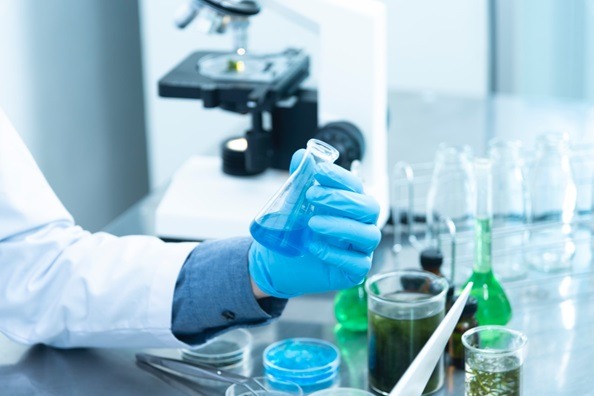Chemical processes are complex, and they revolve around purity. Let’s say that you have two elements, and you want to force them to make a reaction. If there’s a trace of a third element or a component, that will definitely interfere with the entire process.
This is important in any place where manufacturing is present (like the Batavia Biosciences protein manufacturing facility), especially in the pharmaceutical industry. A pill needs to have the same concentration as labeled on the package and nothing else. That’s mainly to ensure quality and also to make sure that there’s no contamination. Click here to read more.
There are loads of chemicals with high purity, and they’re often used in bulk. If a single container gets contaminated, an entire batch will have to be thrown out. This is all regulated by ISO standards and certificates to make sure that every company is doing its part.
When it comes to purifying organic compounds, the whole process becomes a bit more complicated, especially when you’re dealing with proteins. When you try to purify a protein, you need to do cell lysis and then bind it to a matrix. After it’s bound, it needs to be washed with a buffer and eluted. We’re going to explain how all of it works.
Strategies
You may know that protein is an important component in food, along with carbohydrates and fats. These compounds are responsible for maintaining the functional integrity and the structure of cells. If we want to know more about how they work, we need to isolate them away from everything else.
This means that they need to be purified, and then scientists look at how they interact with RNA or DNA. There are different strategies that you can use depending on the application you need, and that’s usually empirically defined.
Most companies test out their protocols on Escherichia coli, which is easy to use, costs little to nothing, and also grows rapidly. However, when it comes to determining protein folding techniques or proper activity, this is not the way to go. Follow this link for more info https://www.forbes.com/sites/enriquedans/2021/01/12/how-the-pandemic-set-in-motion-the-messenger-rna-revolution/?sh=44ff0ea3224f.
If those are the primary research factors, a better choice would be cells from mammals. There are a lot of challenges that come in the way because of transcription factors. This influences cell growth, differentiation, and viability if it interacts with the nucleus or the chromosomes.
When it’s time for analysis, the process becomes simpler. You put the protein on a solid surface that’s been cleaned by a buffer. Afterward, they get immobilized, and the scientists try to restrain them from binding to other substances apart from the ones intended for research.
This is vital when researching DNA interactions and complexes. All of these organic compounds get coated with fluorescent colors so that they can be seen through a microscope. If a company chooses to use mass spectrometry, then there’s no need for immobilizing the compounds when trying to find the individual parts of a given complex.
Purification
Using an ELISA wash buffer is the best way to clean out microtiter plates during the purification process. It has a pH value of 7.2, and it’s free from proteins. When you store it, make sure that it’s at a temperature between 2 to 8 degrees Celsius to make sure that it doesn’t disrupt the ELISA binding reactions.
This is one of the best ways to maintain a perfectly sterile environment. It washes away all of the compounds that haven’t bound to the protein, which is perfect for conjugating avidin, AP, and HRP. There aren’t any preservatives that would interfere with the following processes.
Seeing that there’s a growing trend for high-quality purification methods, you can also use magnetic resins to achieve the same thing. Following the guided criteria, you can ensure that you recover the fused protein perfectly.
If you’re working with mammalian or insect cells, then they need to be processed at a low density. Remove the adherent cells by scraping them and paying attention to the density. If you try to process more than the specified amount of an experiment, you might have a protein yield that’s unsatisfactory.
There are many technical manuals that explain how to perform the process perfectly. If you follow the guidelines, you should get the same results that have been specified.
